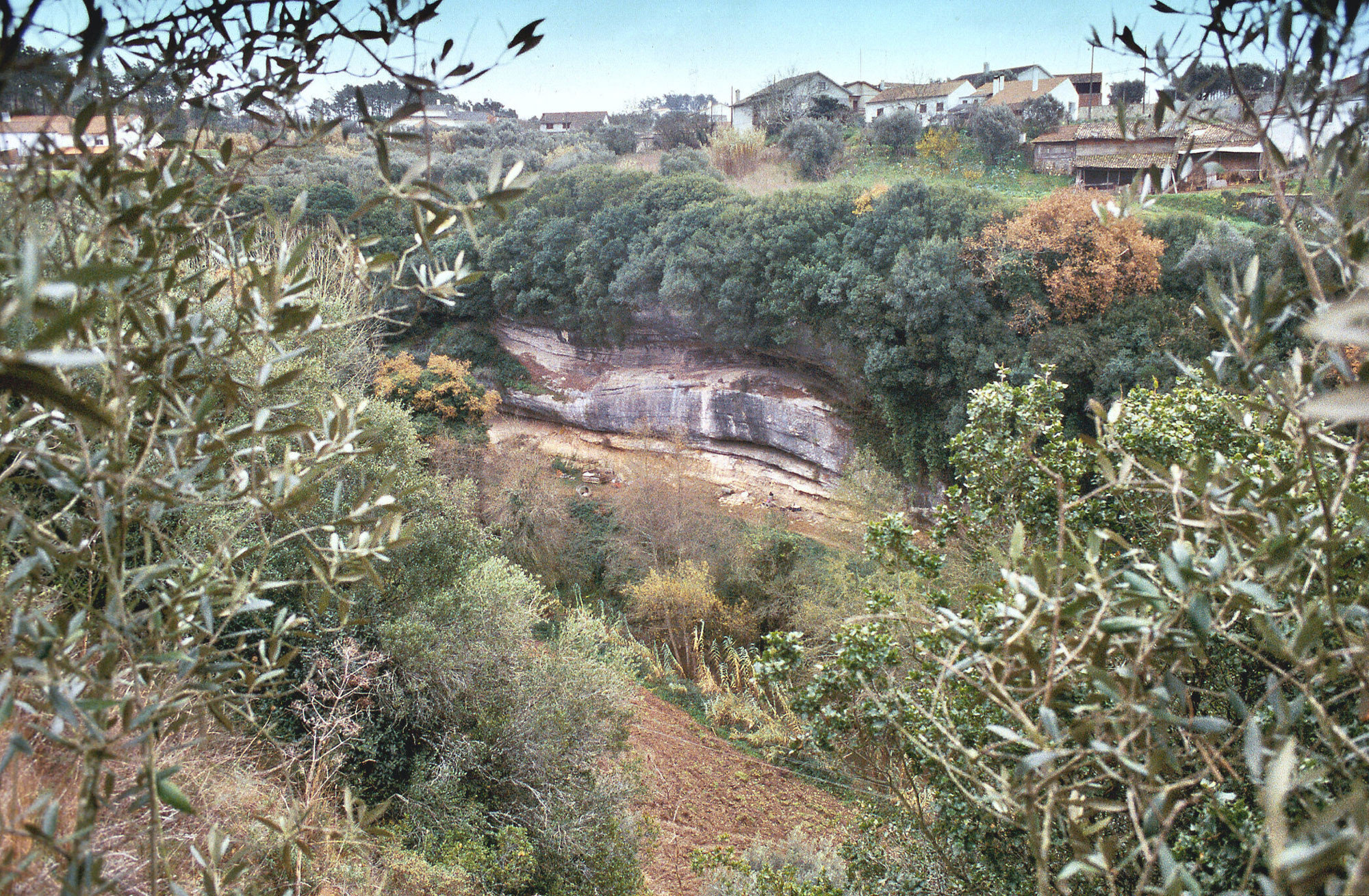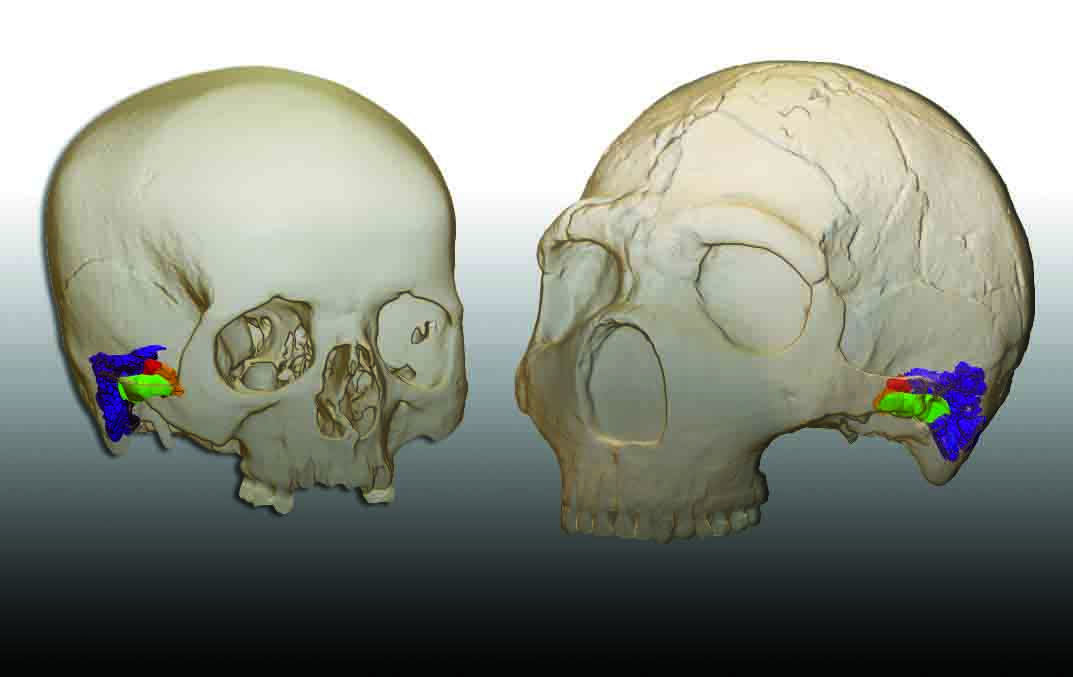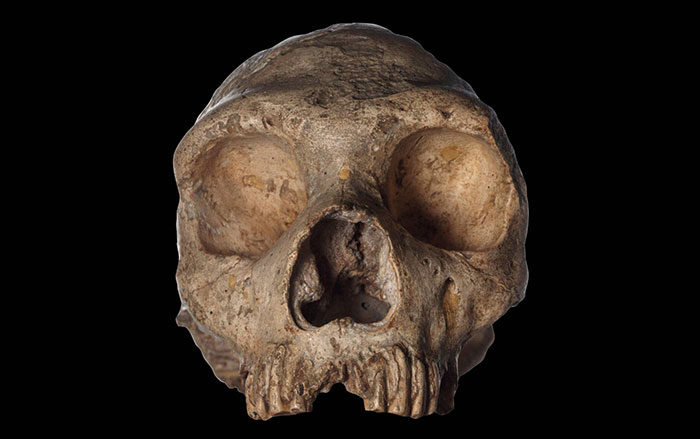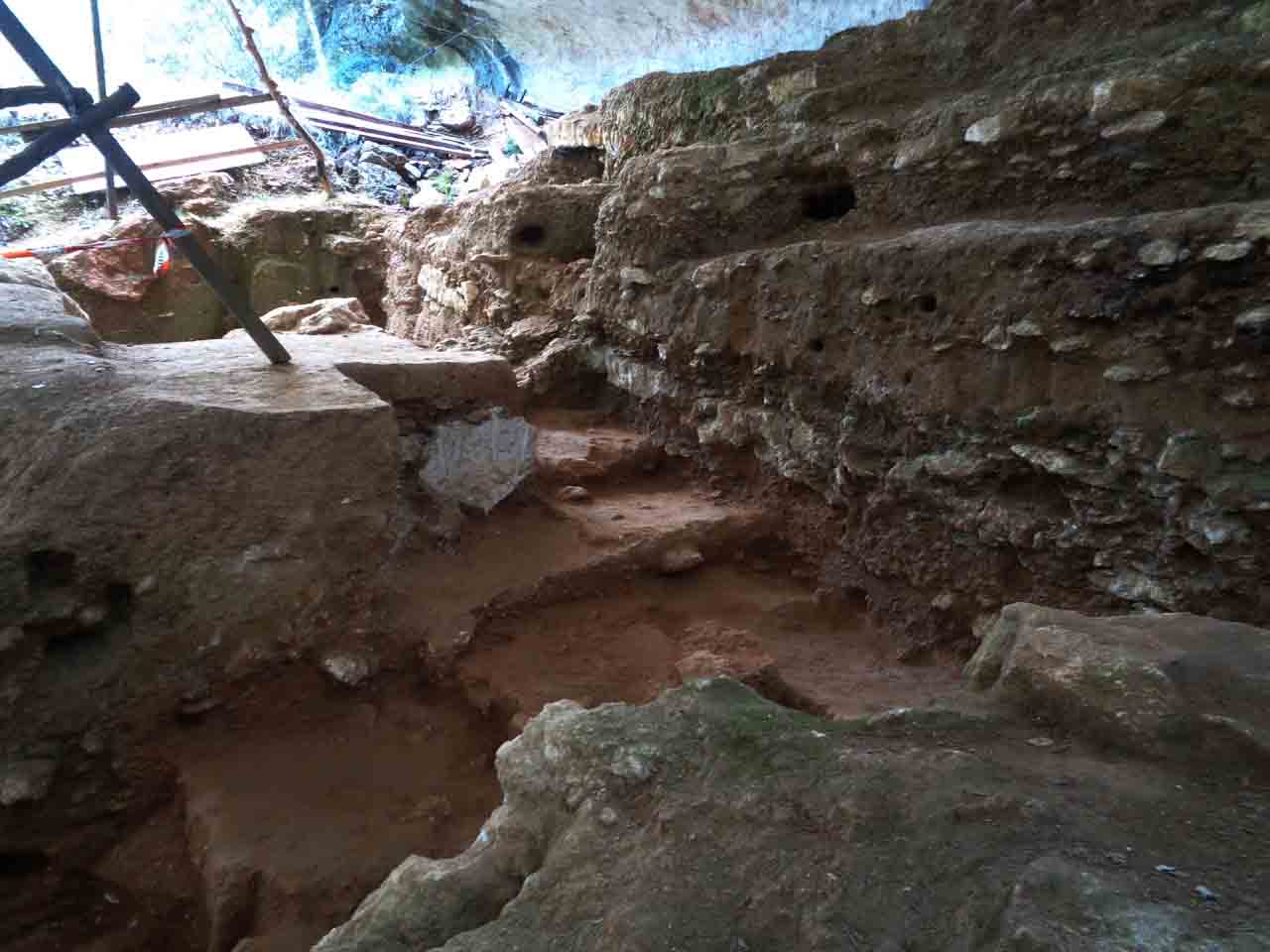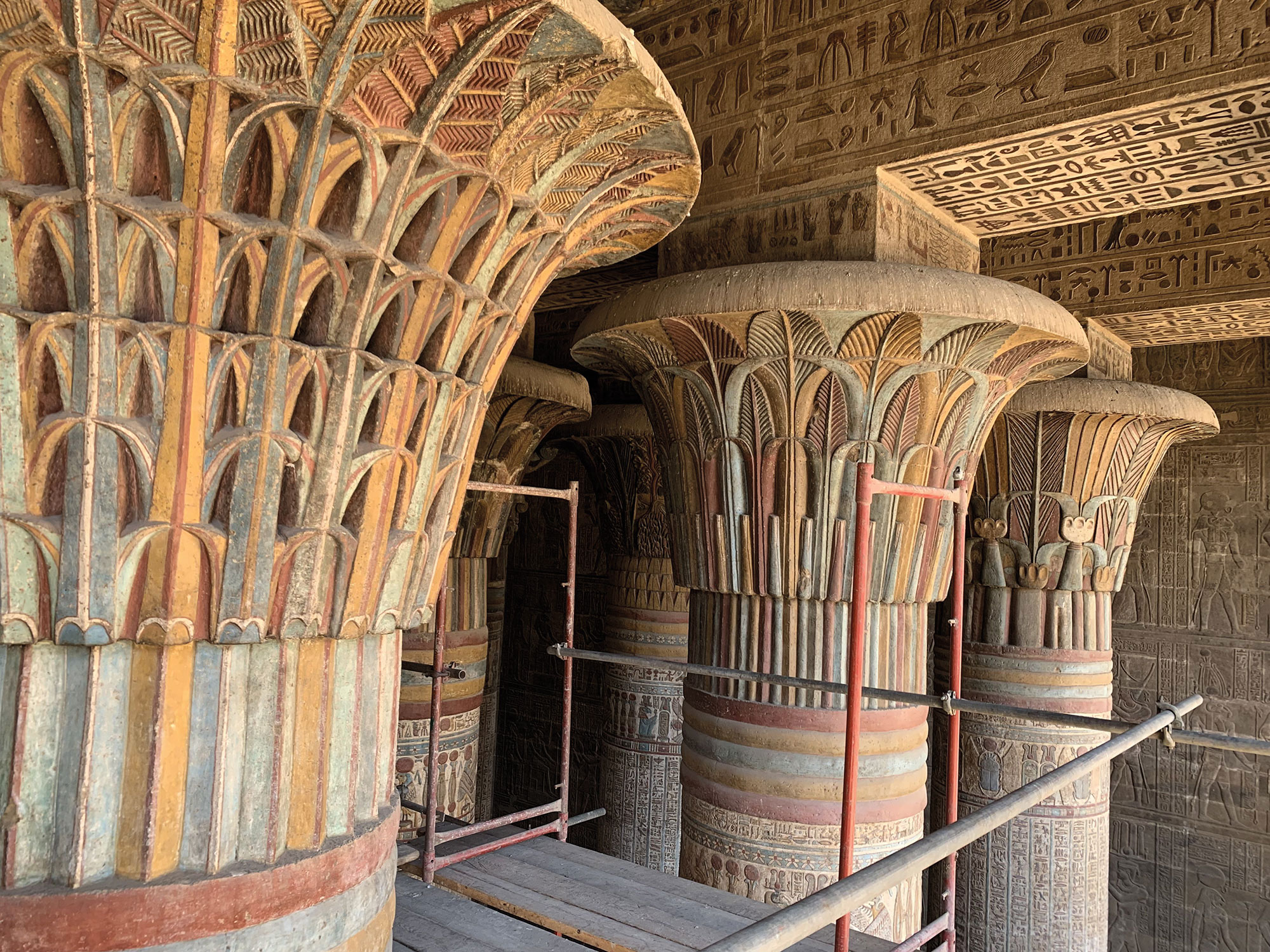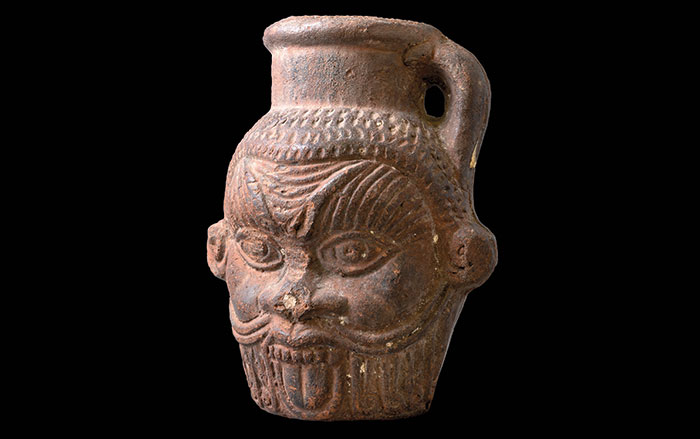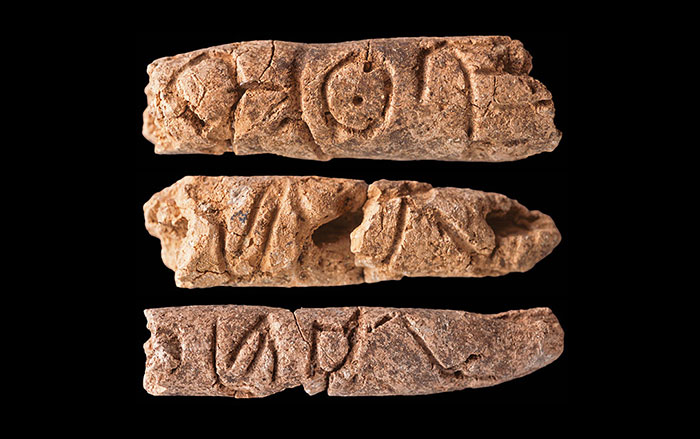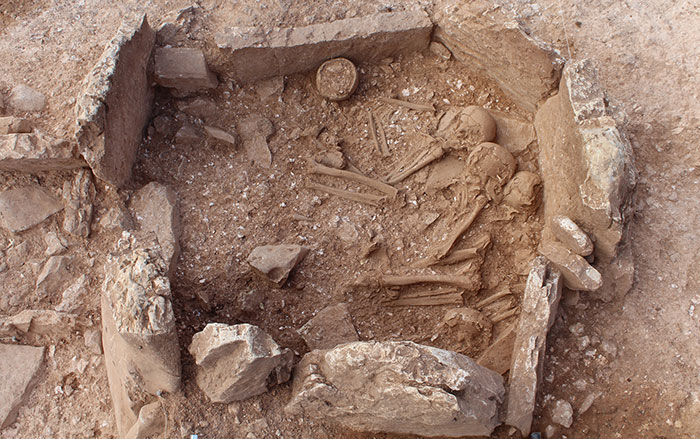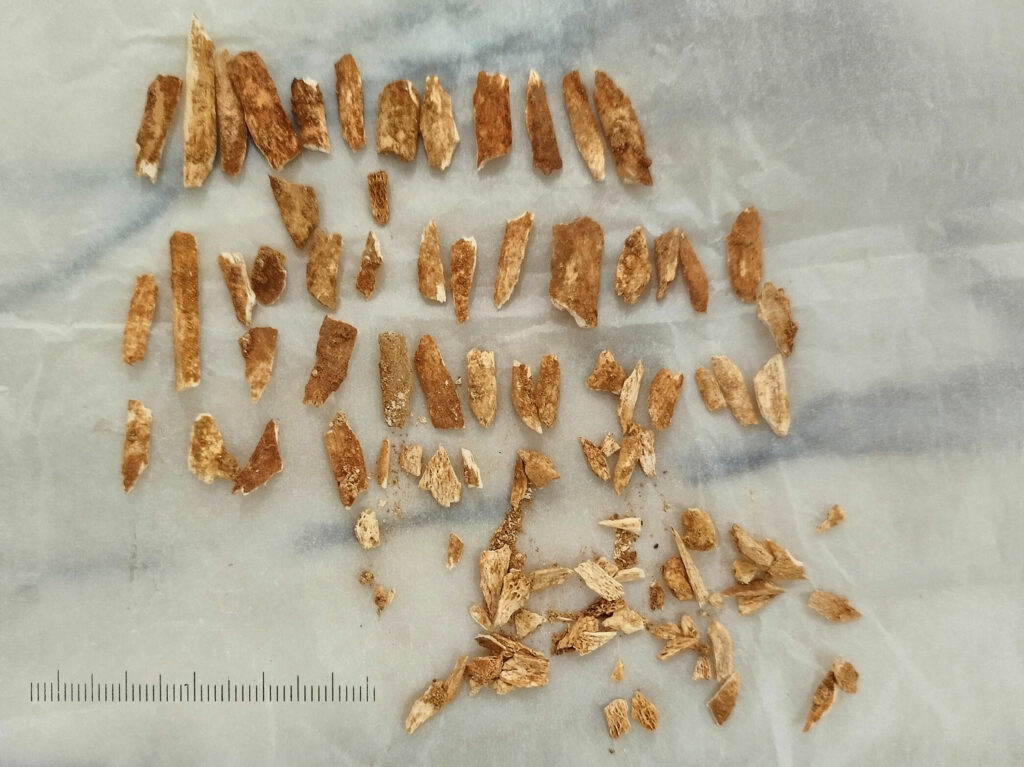
LAPEDO VALLEY, PORTUGAL—The Associated Press reports that the controversial skeleton known as the Lapedo child has been redated. The child’s remains were first uncovered in 1998 at the Lagar Velho rockshelter in central Portugal's Lapedo Valley. When experts examined the bones, they were perplexed, since the child had a prominent chin like modern humans but short, stocky legs like a Neanderthal. They suggested that the individual may have been the product of crossbreeding at some point in the past between Homo sapiens and extinct Neanderthals, which was a radical theory at the time. Since then, advances in genetics have proven that the two species did, in fact, occasionally mate and produce offspring, and that people today still carry Neanderthal DNA. But trying to determine when exactly the child lived was difficult. Traditional carbon dating was impossible because small roots had grown through the bones and contaminated them. However, a new technique called compound-specific radiocarbon analysis, which measures proteins found in human bones, recently dated the child’s remains to around 28,000 years ago. “Being able to successfully date the child felt like giving them back a tiny piece of their story, which is a huge privilege,” said University of Miami geochemist Bethan Linscott. Read the original scholarly article about this research in Science Advances. To read about analysis of hominin bones excavated in a French cave, go to "Proteins Solve a Hominin Puzzle."


